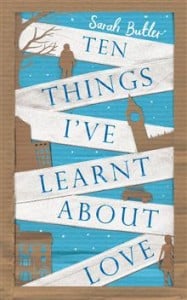There are so many wonderful blogs to be found on the web – and so many which talk about great books for Australian teenagers! Here’s just a few:
- # Aussie reviews / Young Adults – providing online reviews of all kinds of Australian books – from adult fiction to children’s books to non-fiction – managed by writer Sally Murphy.
- # Big Bookcase – news, views and reviews on reading
- # Books and Reading – TGS – Booklists, recommended reading, book blogs and more from the Trinity Grammar School community.
- # Fully Booked – the reading blog of Barker College in Sydney, Australia.
- # Hey! Teenager – teenager/ writer Steph Bowe’s blog about reading and writing YA.
- # Inside a Dog? – a place for teen readers and the home of Inky, the reading wonder-dog.
- # JustNew – LibraryThing – link to our library’s newest additions – find reviews and recommendations here.
- # Kids Book Review – a 100% voluntary children’s literature and book review site that supports and features authors, illustrators and publishers Australia-wide and internationally.
- # Read Alert – reviews and comments on YA from the State Library of Victoria
- # Read Plus – a collection of selected books and films reviewed and themed
- # SpineOut reviews – online digital journal of reviews by kids for kids
- # storylines – reviews of books and websites from the King’s School community
Many thanks to these communities for adding their thoughts on great reads!!
Are there any others you would like to share?


 Books are not always straightforward in their presentation. Some have quirky links and techniques throughout. Some take a while to adapt to, others just make sense.
Books are not always straightforward in their presentation. Some have quirky links and techniques throughout. Some take a while to adapt to, others just make sense.